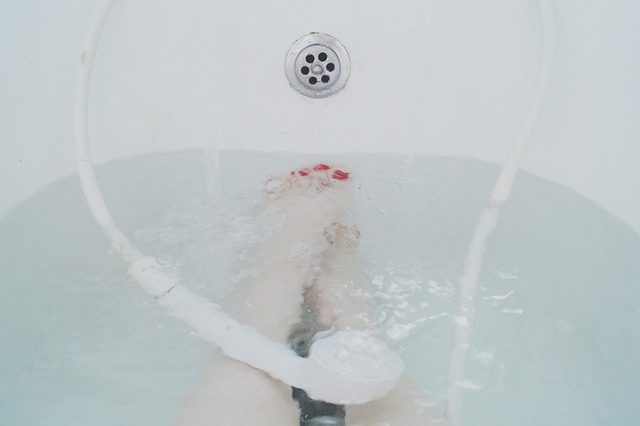To replace your shower head without leaks, gather essential tools like adjustable pliers, a wrench, plumber's tape, and a matching replacement kit (if needed). Double-check compatibility and thread sizes. Key components include the shower head, O-rings, gaskets, and threads, all vital for watertight seals and secure fitting. Understanding these parts ensures a successful DIY shower head replacement, saving time and money.
Tired of persistent leaks and drips from your shower head? This comprehensive guide will teach you how to replace it yourself, ensuring a leak-free experience. Learn the essential steps, from gathering the right tools like pliers, Teflon tape, and a new shower head to selecting compatible parts for your shower arm. We’ll walk you through each stage, offering tips to prevent damage and common mistakes to avoid, making your shower upgrade seamless.
- Gather the Necessary Tools and Materials
- – List of required tools
- – Types of shower head replacement parts explained
Gather the Necessary Tools and Materials

Before starting the replacement process, ensure you have all the necessary tools and materials on hand. The basics include an adjustable wrench or pliers for unscrewing the old shower head, a new shower head of your chosen design and size, and some plumber’s tape or silicone caulk to seal the connections. You might also need an additional set of hands for support or assistance during the removal process.
Additional tools like a bucket to catch any loose parts or excess water, rags or towels for cleanup, and possibly a new shower arm (if your old one is damaged) will make the task smoother. Double-check that you have everything required before beginning, as this will ensure a successful replacement without leaks or drips, making it easier to enjoy your refreshed showering experience.
– List of required tools

To replace your shower head without any leaks or drips, you’ll need just a few basic tools. Gather a set of adjustable pliers, a wrench (typically a 10mm or 1/4 inch), and if your old shower head uses a specific installation type, a matching replacement kit. These tools will allow you to loosen and remove the old shower head securely without damaging the connections.
Before starting, gather all necessary parts for the new shower head and ensure they fit your existing plumbing. Double-check that the new head’s thread size matches the old one to avoid any leaks at the connection points. With the right tools and a bit of patience, replacing your shower head is a straightforward DIY task that can save you time and money.
– Types of shower head replacement parts explained

When replacing a shower head, you’ll encounter several parts designed to prevent leaks and ensure optimal water flow. The primary components include the shower head itself, O-rings, gaskets, and threads. O-rings are small, flexible seals that fit into grooves within the shower head and around the base, preventing water from escaping at the connection point. Gaskets, on the other hand, are typically made of rubber or silicone and create a watertight seal between the shower head and the wall or pipe. The threads on both the shower head and the pipe ensure a secure fit, allowing for easy replacement while preventing leaks. Understanding these parts is crucial when learning how to replace a shower head without leaks or drips.
Replacing a leaky or dripping shower head is an easy DIY project that can save you money and reduce water waste. By gathering the right tools and understanding the various parts involved, you can confidently navigate this process and enjoy a leak-free shower experience. With just a few simple steps, you’ll have your shower head replaced in no time, ensuring a refreshing and efficient bathing routine.
